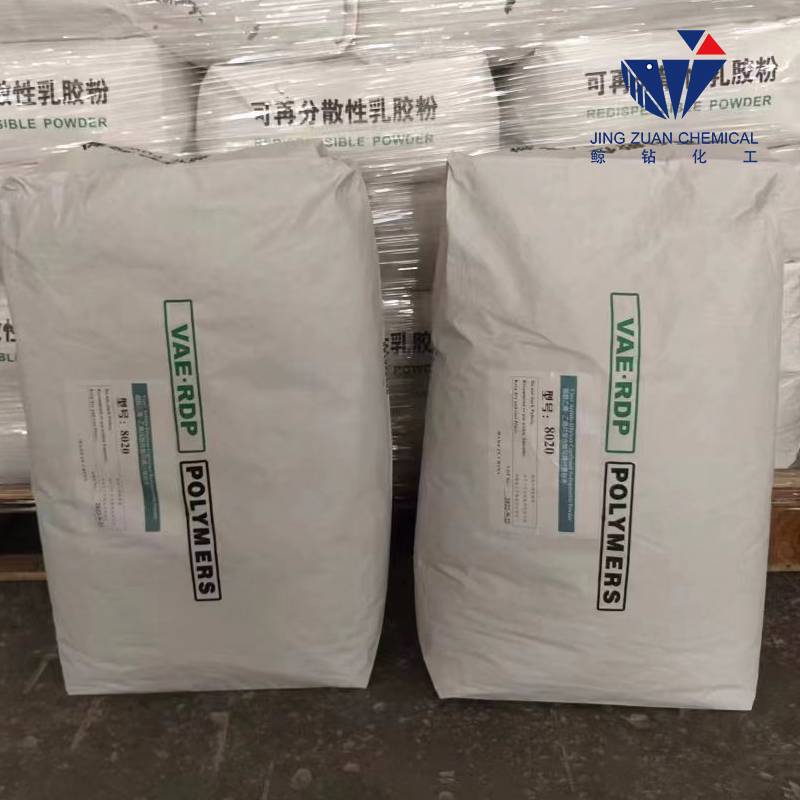
окт . 14, 2024 10:04 Back to list
hec hydroxyethyl cellulose
Exploring Hydroxyethyl Cellulose Properties and Applications
Hydroxyethyl cellulose (HEC) is a non-ionic water-soluble polymer derived from cellulose, a natural polymer that serves as a fundamental structural component in the cell walls of plants. HEC is synthesized by the ethylene oxide reaction with cellulose, resulting in a compound that possesses unique properties advantageous for various applications in industries ranging from pharmaceuticals to construction.
One of the most notable characteristics of HEC is its ability to form a gel, which can be adjusted for viscosity according to the concentration and molecular weight of the polymer used. This property makes HEC highly versatile, expanding its usability in numerous formulations. It serves as a thickening agent, stabilizer, emulsifier, and film-former, making it a crucial ingredient in cosmetic products, personal care items, and food applications.
Exploring Hydroxyethyl Cellulose Properties and Applications
In the construction sector, HEC plays a vital role as an additive in cement and mortar formulations. Its water-retention properties allow for improved workability and adhesion in various building materials. By enhancing the viscosity of construction mixtures, HEC contributes to reduced cracking and better performance in dry conditions. This makes it an essential component in the production of high-quality plaster and tile adhesives.
hec hydroxyethyl cellulose

Moreover, in the realm of personal care, HEC is prized for its ability to provide a silky-smooth texture in lotions, creams, and gels. It helps in maintaining moisture by forming a protective layer on the skin, thereby promoting hydration. HEC is also found in hair care products, where it improves the viscosity and stability of shampoos and conditioners, leading to better overall performance.
Environmentally, HEC is notable for being derived from renewable resources, making it a more sustainable choice compared to synthetic alternatives. As concerns about environmental impact and sustainability continue to grow, the demand for natural polymers like HEC is expected to rise.
However, while HEC presents numerous benefits, it is essential to consider its regulatory status and the manufacturing processes involved. Manufacturers must adhere to specific safety and quality standards to ensure that HEC products are non-toxic and suitable for their intended uses.
In conclusion, hydroxyethyl cellulose stands out as a multifunctional polymer with a wide range of applications across various industries. Its unique properties, such as water solubility, gel formation, and thickening capability, make it an invaluable resource in the formulation of products ranging from pharmaceuticals to construction materials. As we continue to innovate and seek sustainable solutions, HEC is likely to play a pivotal role in the development of new products and formulations that cater to modern needs. Through further research and development, the potential uses of hydroxyethyl cellulose are bound to expand, solidifying its importance in both existing and emerging markets.
-
Versatile Hpmc Uses in Different Industries
NewsJun.19,2025
-
Redispersible Powder's Role in Enhancing Durability of Construction Products
NewsJun.19,2025
-
Hydroxyethyl Cellulose Applications Driving Green Industrial Processes
NewsJun.19,2025
-
Exploring Different Redispersible Polymer Powder
NewsJun.19,2025
-
Choosing the Right Mortar Bonding Agent
NewsJun.19,2025
-
Applications and Significance of China Hpmc in Modern Industries
NewsJun.19,2025







